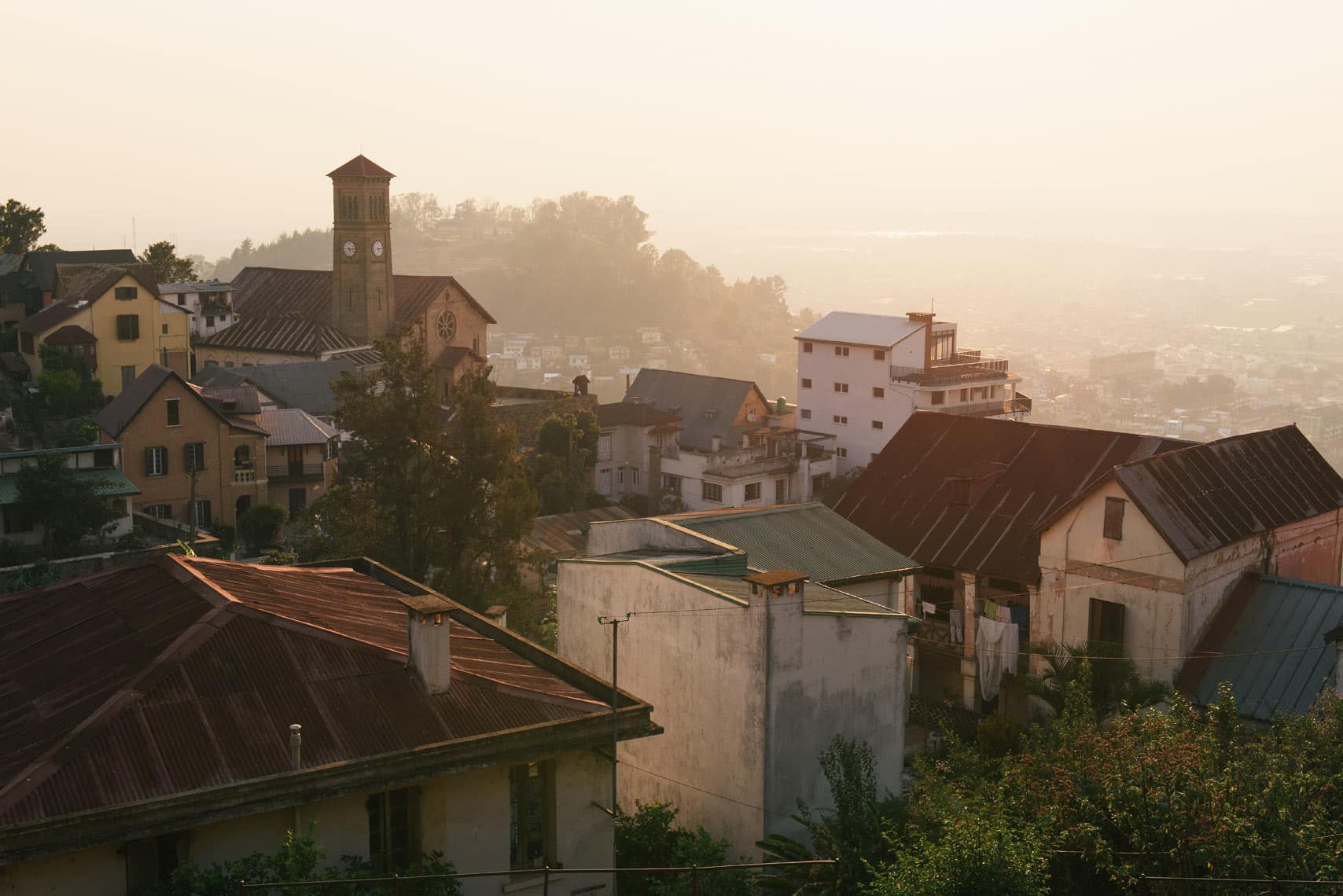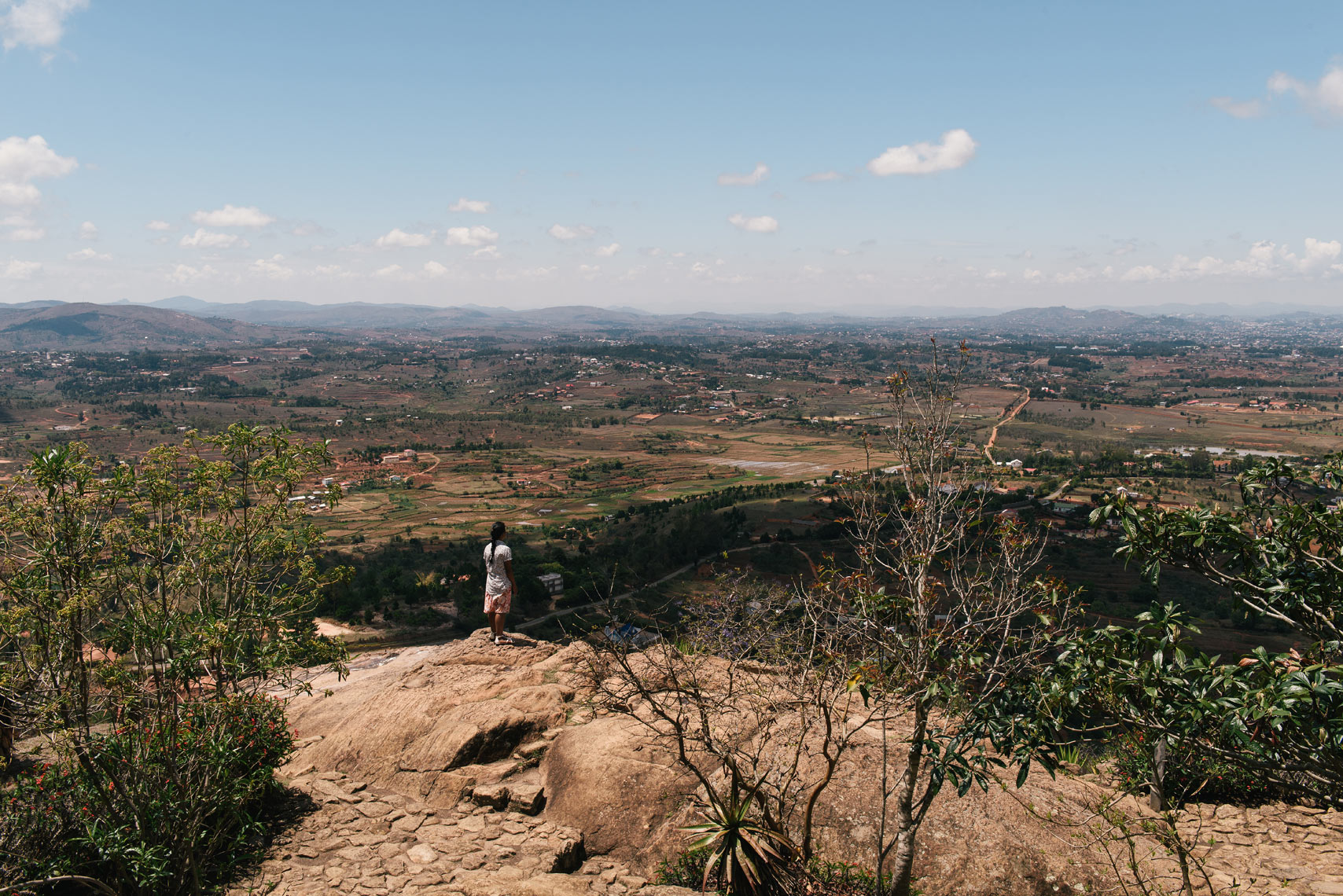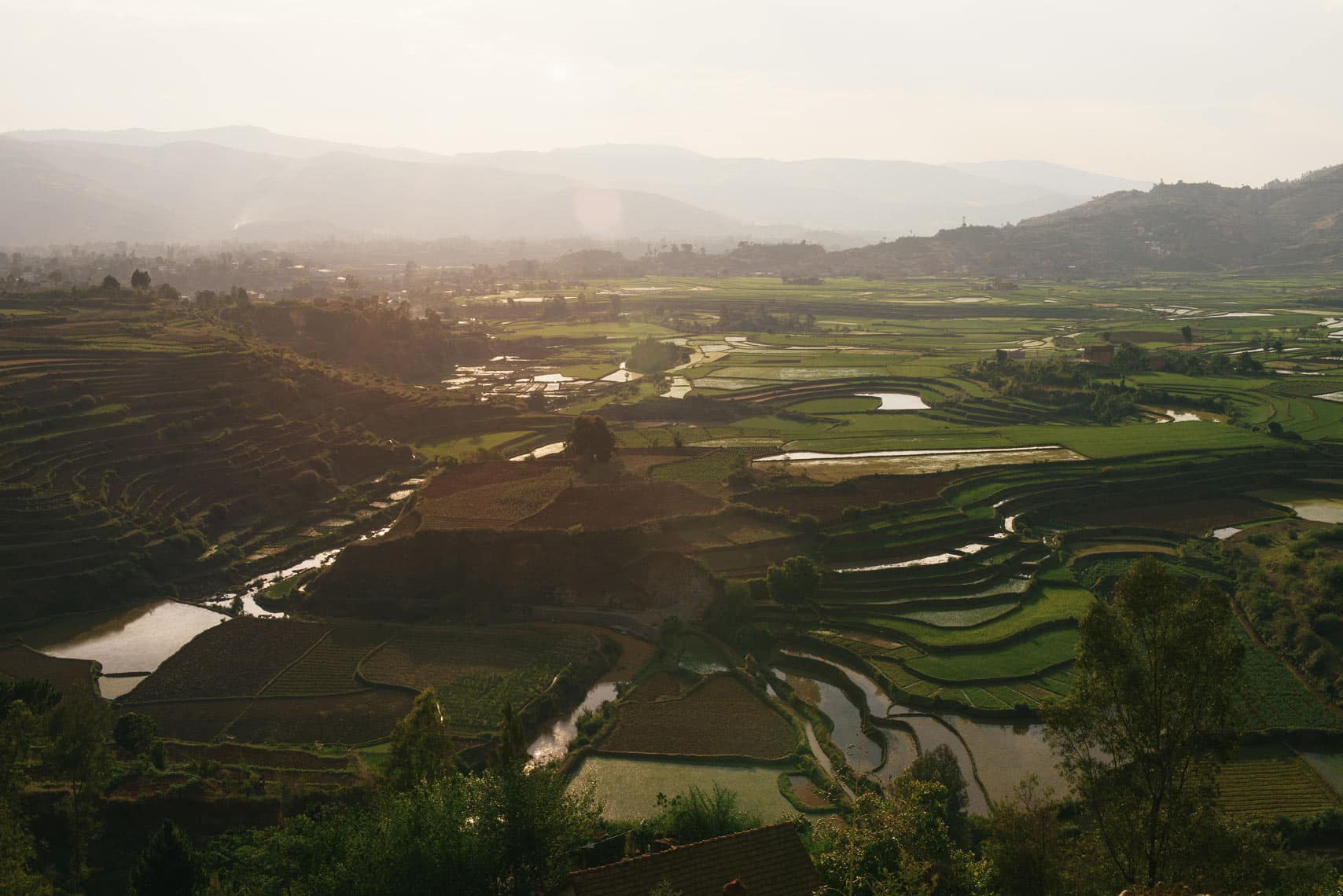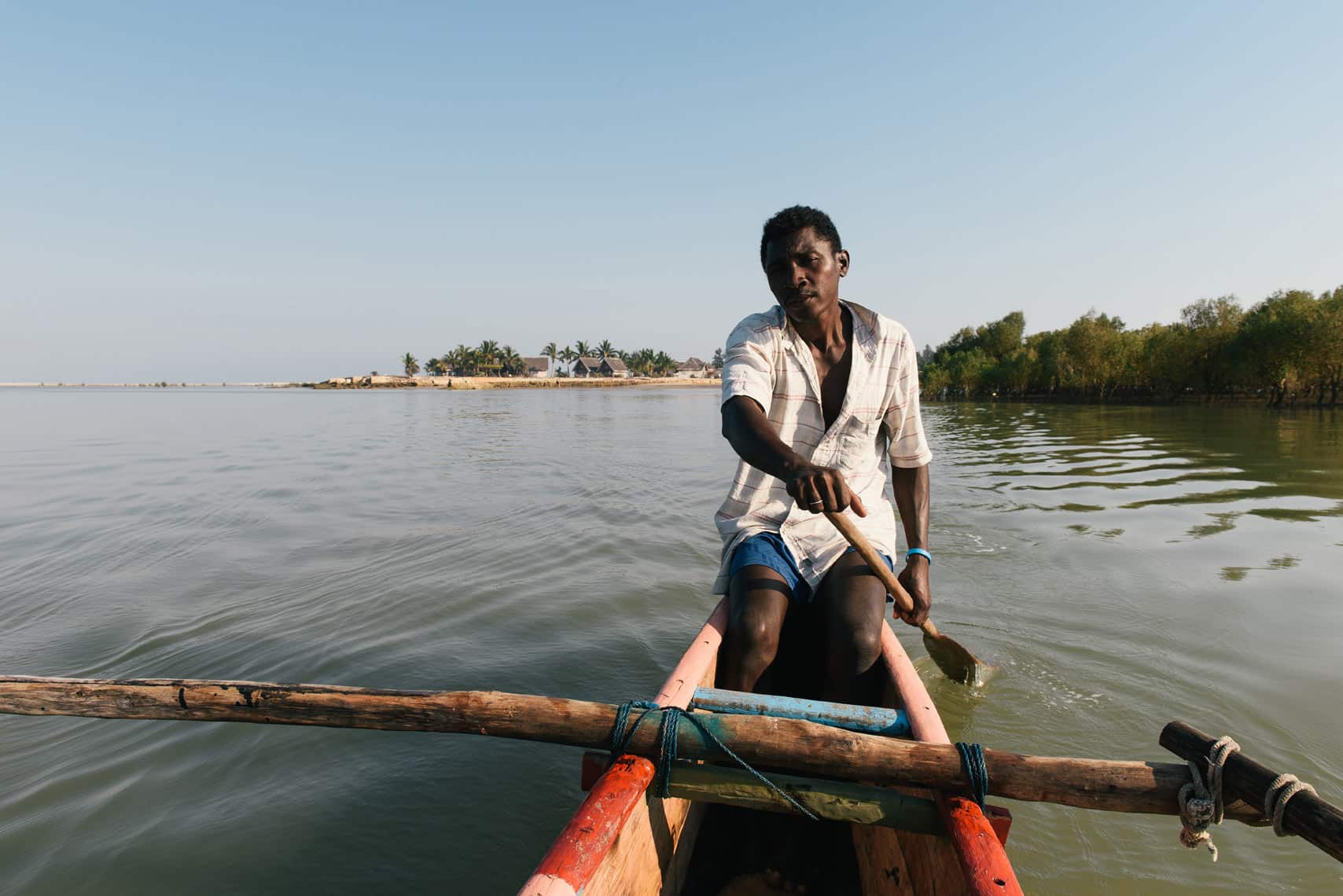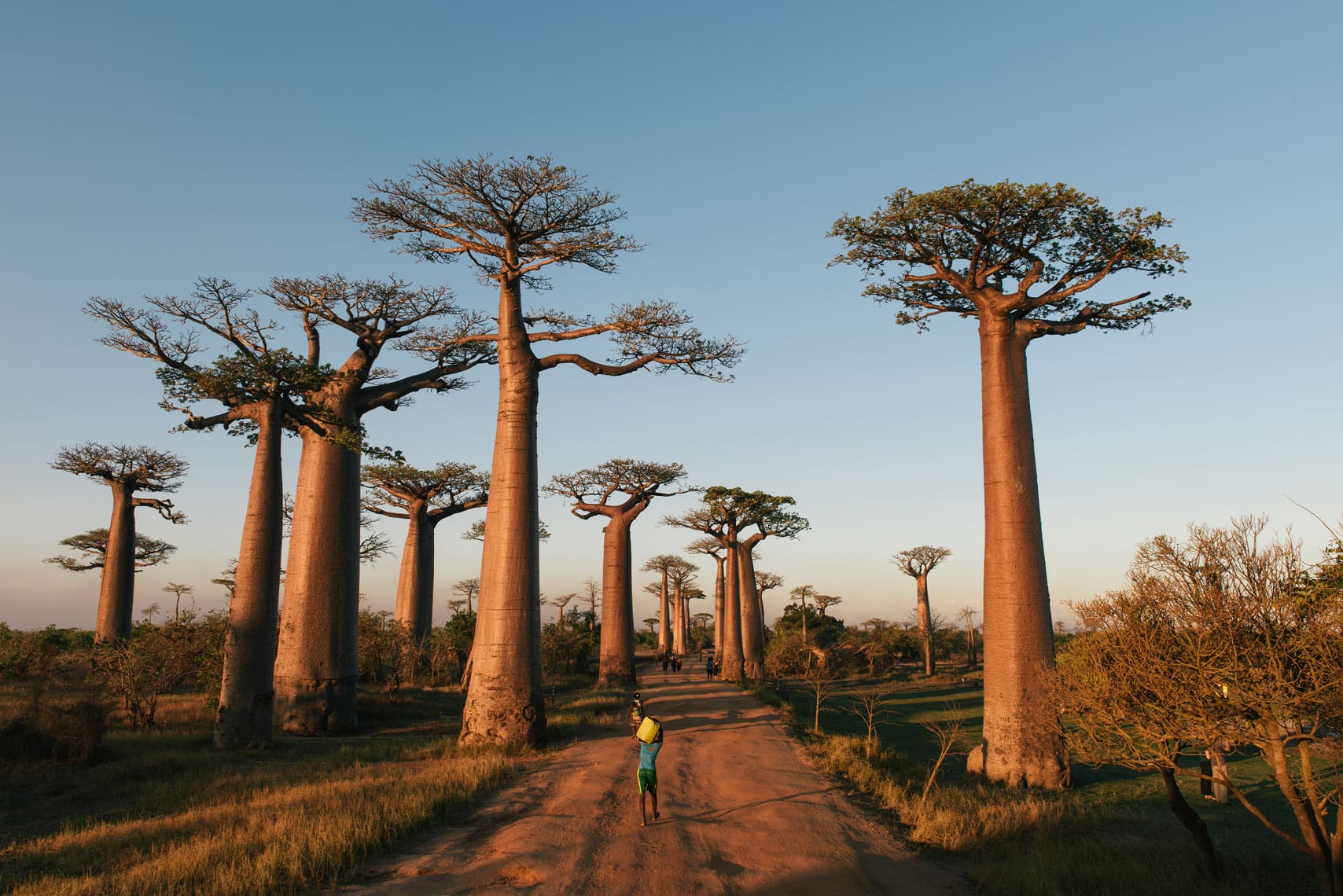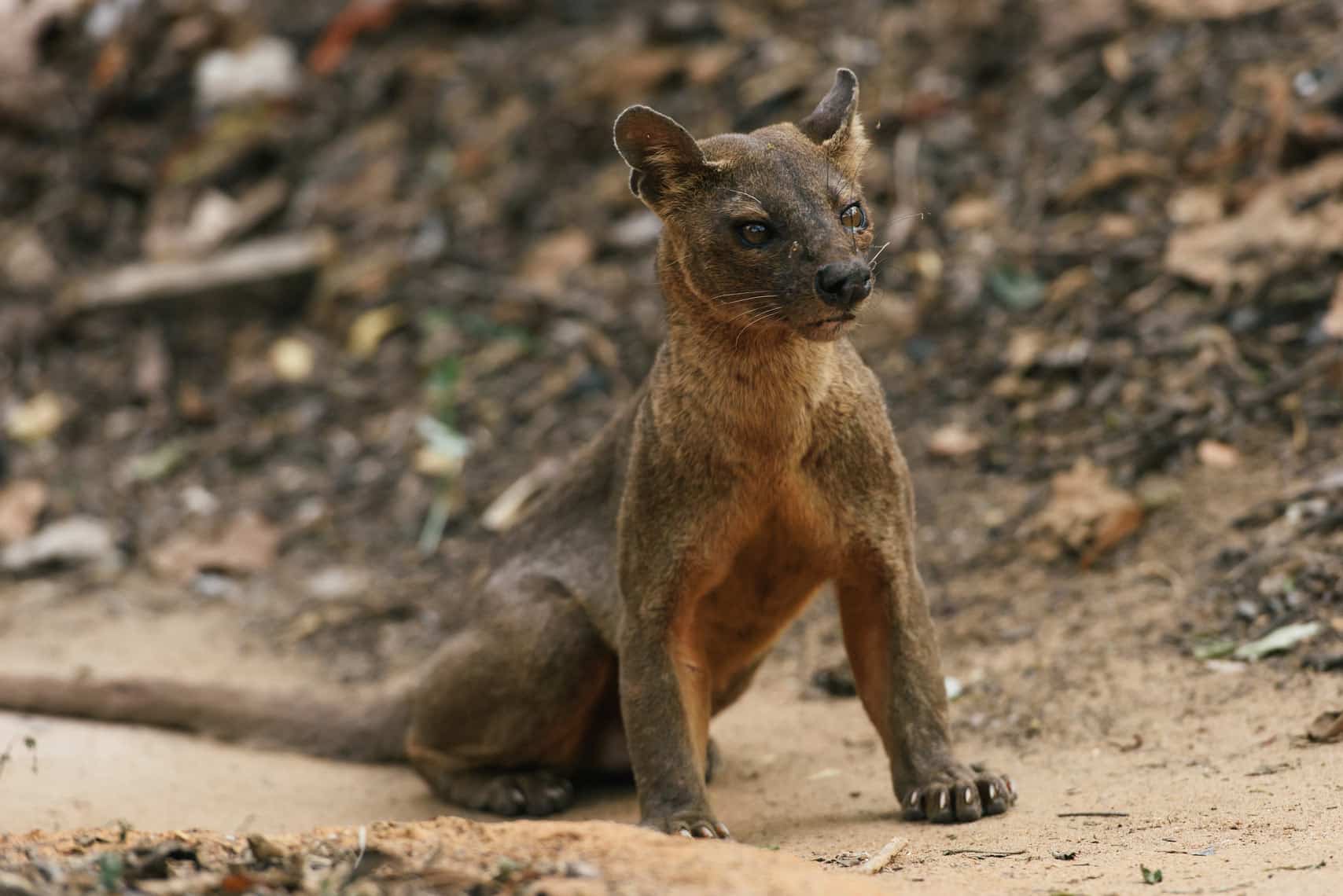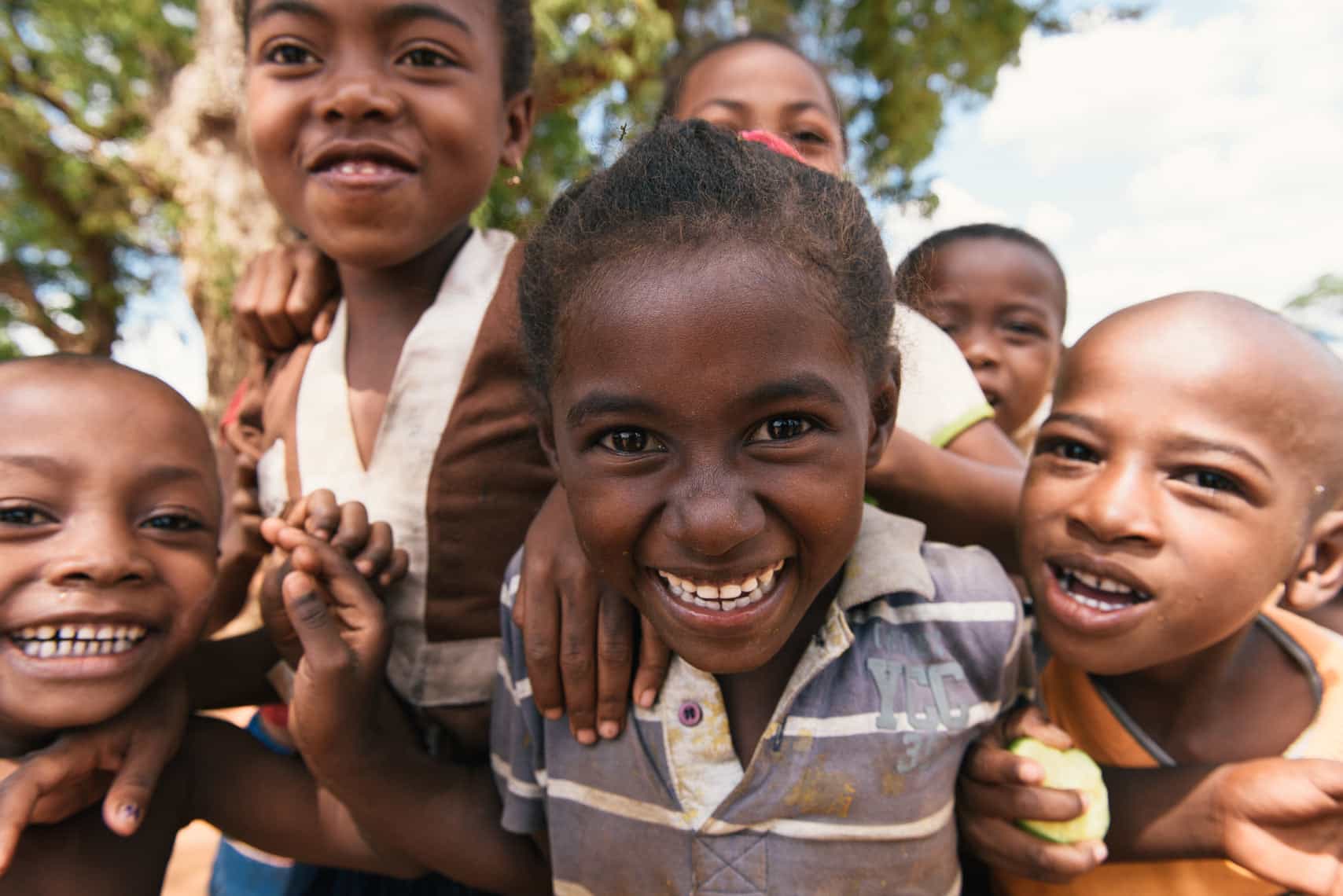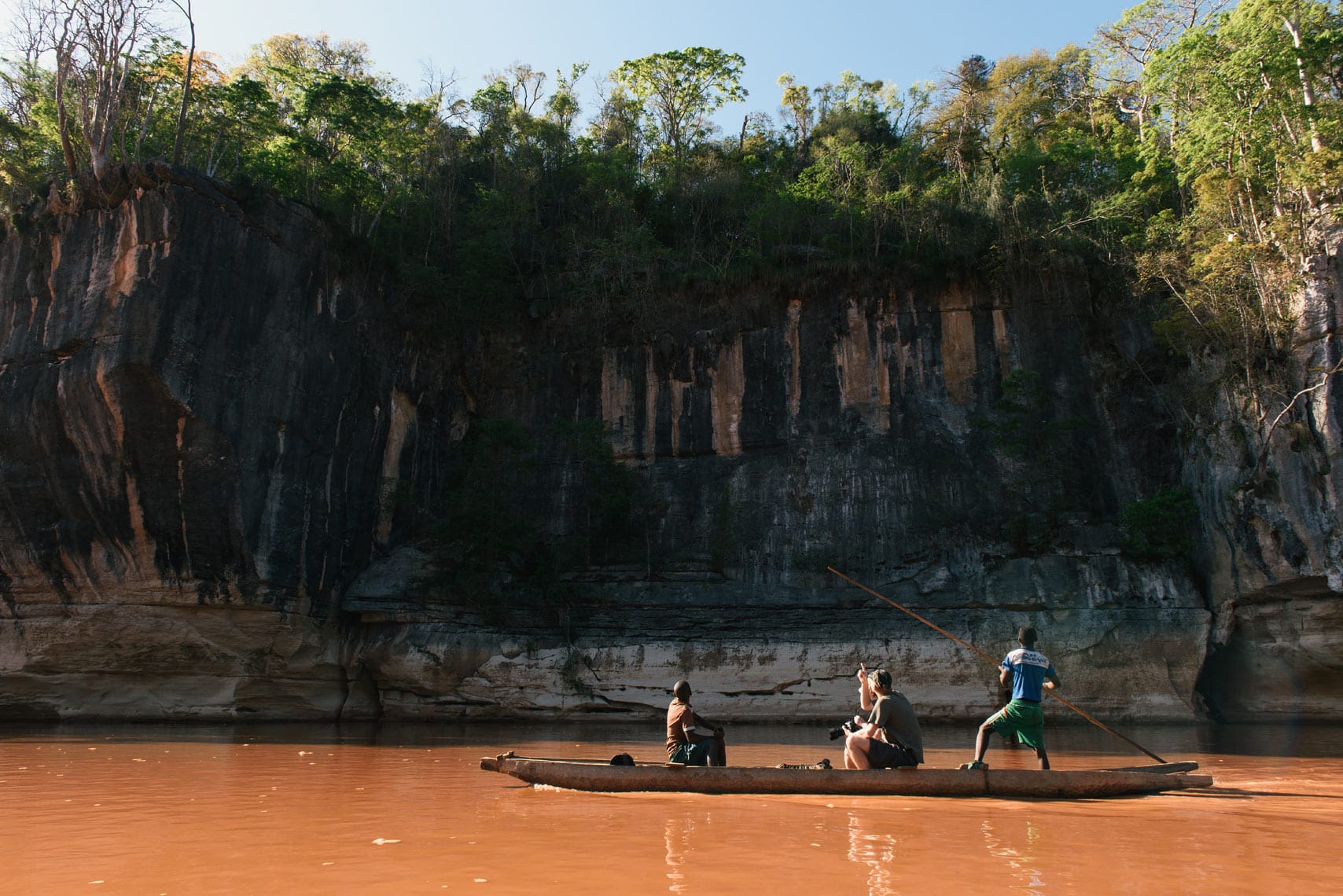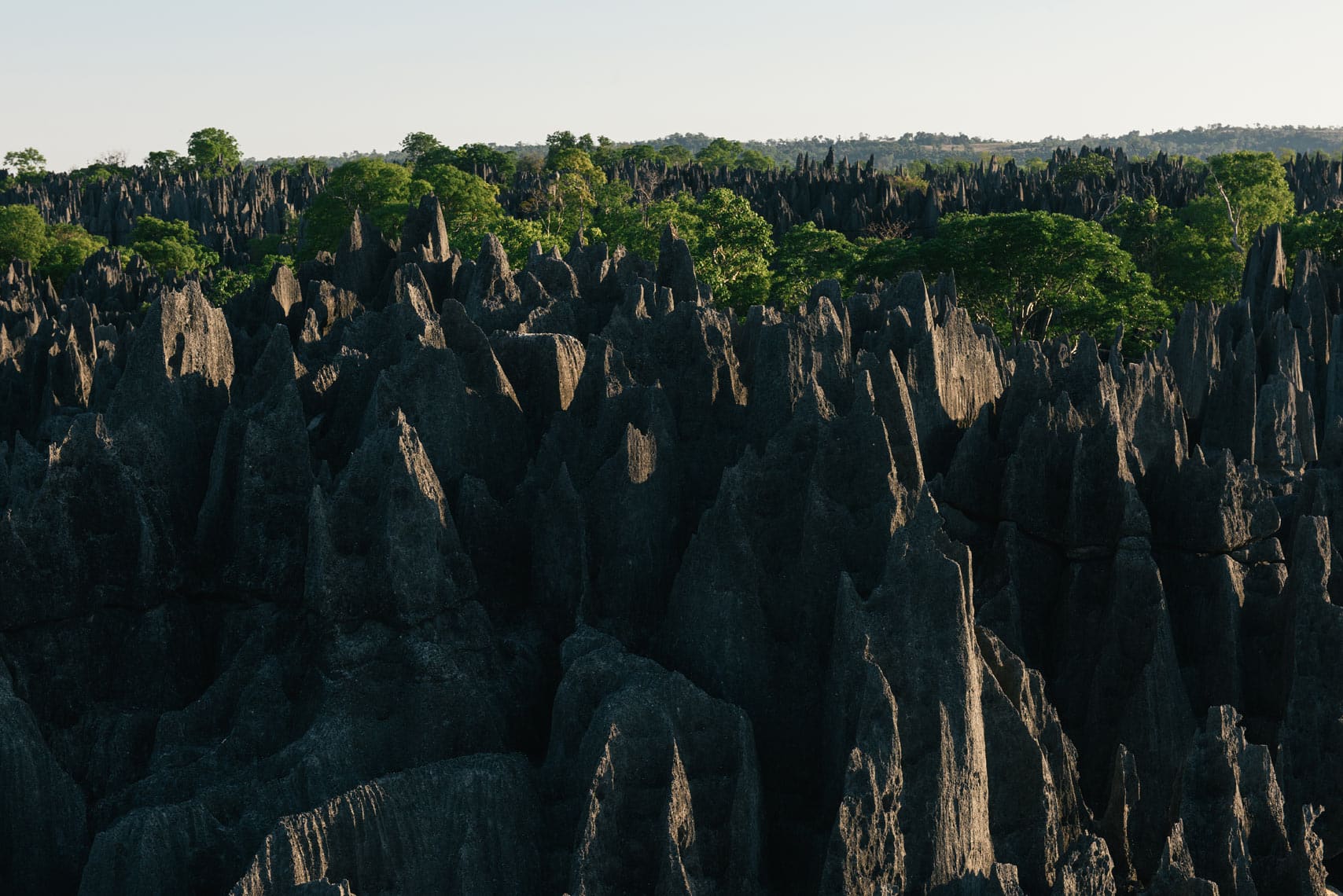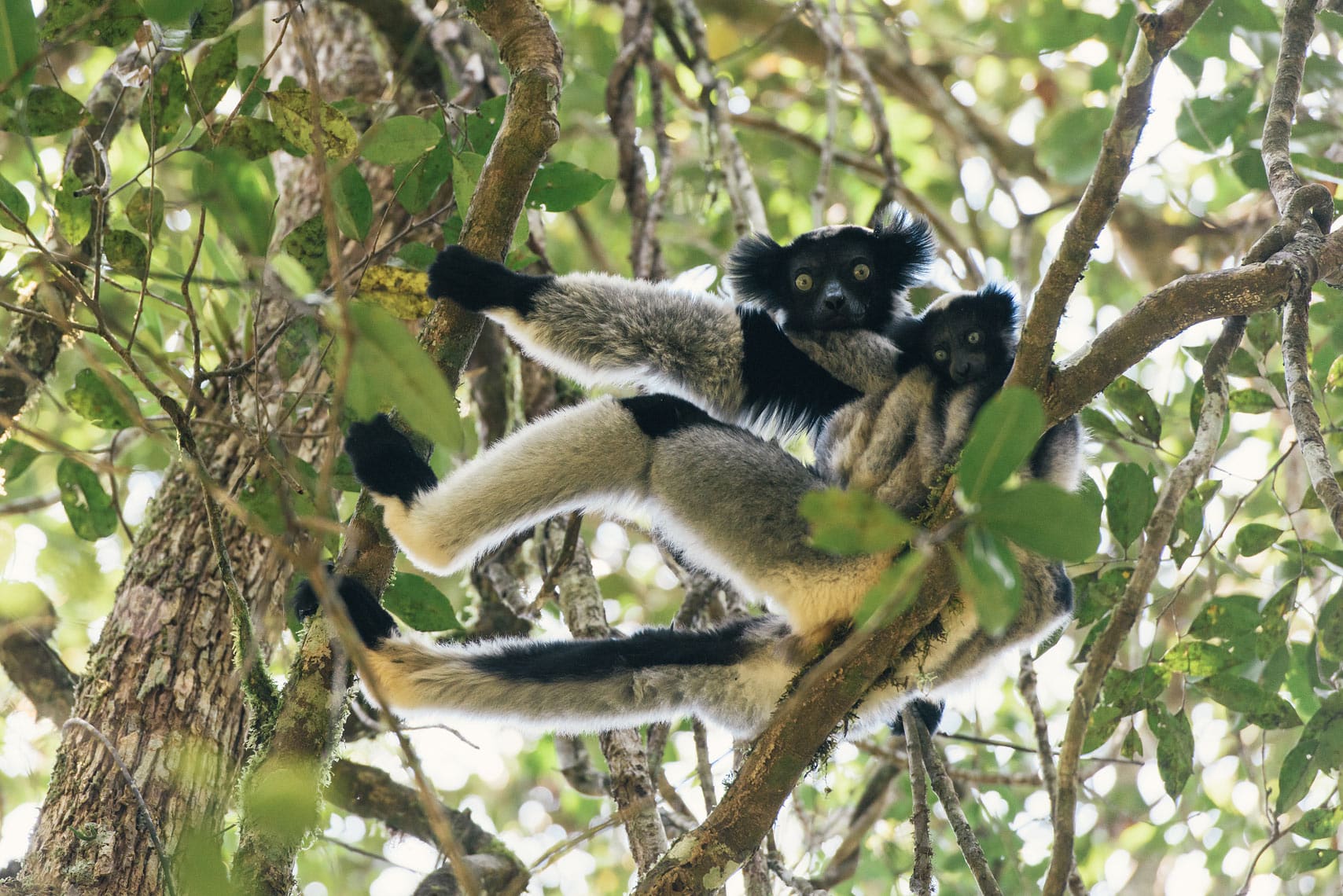10 Things To Do In Madagascar
Planning to travel to Madagascar? Here are the top things to do around the island.
Madagascar's stunning landscape, rugged infrastructure and unique endemic flora and fauna make it an adventurer's dream country. It is simply like nowhere else in the world.
The cooler, drier months of May through October are the ideal time to visit to take advantage of all the things to do in Madagascar. But with rough roads and minimal tourist infrastructure, getting around can be tricky without an experienced tour provider and guide. (Most rental car hires come with a driver.) The official languages are Malagasy and French, and English is not widely spoken. Photographer Matt Dutile traveled with Cox & Kings USA to the remote island nation in search of what makes it the adventure of a lifetime.
Walk the Hills of Antananarivo
Your journey begins in Antananarivo, or Tana, as all the locals call it. The capital city of Madagascar has its only major international airport, and is home to roughly three million people. The city is built over a set of rolling hills, with a stunning combination of Malagasy and French colonial architecture. Church steeples peek out through the tangle of timber and concrete. Climb the hills up towards the Queen's Palace and you'll be rewarded with stunning views of the city unfolding around you. Wander down side streets and dirt trails through little neighborhoods to see how locals live in the city.
Take in the View at Ambohimanga
A short 15-mile drive from Antananarivo is the old royal fort of Ambohimanga. Home to the king of the Merina people before French colonization, the hillside site is a great example of traditional culture. For a few dollars you can hire a local guide for a formal tour and history of the property. Follow a nearby trail and you'll be rewarded with a sweeping view across the central plains and rice paddies.
Drive the Winding Road from Antsirabe to Fianarantsoa
Drive a few hours south of Tana to the quaint city of Antsirabe for some welcome relaxation after the bustle of Tana. Continue south on the road to the Fianarantsoa to get a breathtaking view of the central highlands. Stop at small villages along the way to soak up real Malagasy culture and find hilltop views of the rice patties. Drive up the short road to Betafo for panoramic views of the town and fields.
Explore the Markets of Morondava and Betania
The coastal town of Morondava, gateway city to Madagascar's western treasures, can be accessed by either hopper flight from Tana, or a rugged twelve-hour plus drive on dirt roads. Flying will get you there quicker, but the land route will reward you with unique scenery along the way. If you're looking to kick back and enjoy a little beach time on the Mozambique Channel, Palissandre Cote Ouest Resort offers elegant bungalows at a fraction of the prices you'd pay in Europe or the Caribbean. Visit the meat and vegetable market in town to experience true coastal life or grab a dug-out canoe ride from a local fisherman across the inlet channel to the fishing village of Betania.
Marvel at Sunset on the Avenue of the Baobabs
Madagascar's fabled Avenue of the Baobabs should be on every traveler's bucket list. Truly one of the natural wonders of the world, the grove of 100-foot-tall trees, endemic to Madagascar, take on a magical glow at sunset. Locals returning home from work at the surrounding farms and tourists traveling north plod along the main road that cuts through the grove between Morondava and Kirindy. Stick around after sunset (after all the other tourists leave) and you'll experience a majestic view of the Milky Way rising over the trees.
Scout Sifaka and Fossa at Kirindy Mitea National Park
Bunking up at Kirindy Lodge on the edge of Kirindy Mitea National Park offers you the best chance to see Madagascar's elusive fossa. Similar in appearance to a miniature cougar, the fossa is the country's largest mammalian predator and is often found wandering the Lodge and surrounding grounds. The spiny and dry deciduous forest is home to Verreaux's sifaka, a member of the lemur family. Their nearly all-white coat makes them easy to spot among the leaves, but it's a rare treat is to see them hoping along the ground while moving tree to tree. At night, venture out with a guide to scout for nocturnal lemurs and chameleons.
Visit the Villages of the West
Along the route from Morondava to Bekopaka, you'll pass through and by a number of small villages where ancestral agriculture and traditions are still practiced. Foreigners, known as "vazaha" to locals, rarely visit many of the villages so if planning a visit, do approach cautiously. Rumors of kidnappings and banditry from decades past are still prevalent with villagers, and they might take-off running at a quickly stopping or approaching vehicle. It can be incredibly rewarding to spend time in the villages and hear the stories of the average Malagasy person. Giving candy to children is not recommended, but bringing a small Polaroid camera and handing out gifts of photos will forever be appreciated.
Paddle a Dugout Canoe from Bekopaka
The town of Bekopaka is best known for the Grand and Petite Tsingy, but a dugout canoe trip down the nearby Manambolo River offers spectacular views of limestone cliff walls and ancient tombs. The Sakalava ethnic group, the original inhabitants of the region, buried their dead in piled stone caves along the cliff walls and it's possible to stop along the river and explore some of the caves along the way.
Scale the Tsingy Landscape
The Tsingy de Bemaraha is a UNESCO World Heritage site and one of the finest examples of karstic landscapes in the world. Razor sharp limestone rocks carved out by erosion give the landscape the look of a stone forest. You'll need to hire a local guide to explore both the petite and grand tsingy formations. Depart before sunrise to arrive early and avoid the crushing heat that bounces off the rocks during mid-day. Test your fear of heights and walk across the wire bridge spanning a deep chasm drop.
Listen to the Call of Indri at Andasibe-Mantadia National Park
The largest of Madagascar's lemurs, the Indri's black and white coat and furry coat give it the appearance of a tree-dwelling teddy bear. Its long, piercing call can be heard from great distances away, and sounds akin to whale vocalizations. The trails inside Andasibe-Mantadia National Park offer the best chances of spotting a pack bounding through the trees. The Indri can jump incredible distances across the canopy in their search for food. Fancy getting a bit closer to lemurs? Visit the private reserve of Vakona Lodge on the outskirts of Andasibe, where you'll find a small island of tame lemurs happy to jump on your head for a banana treat.
